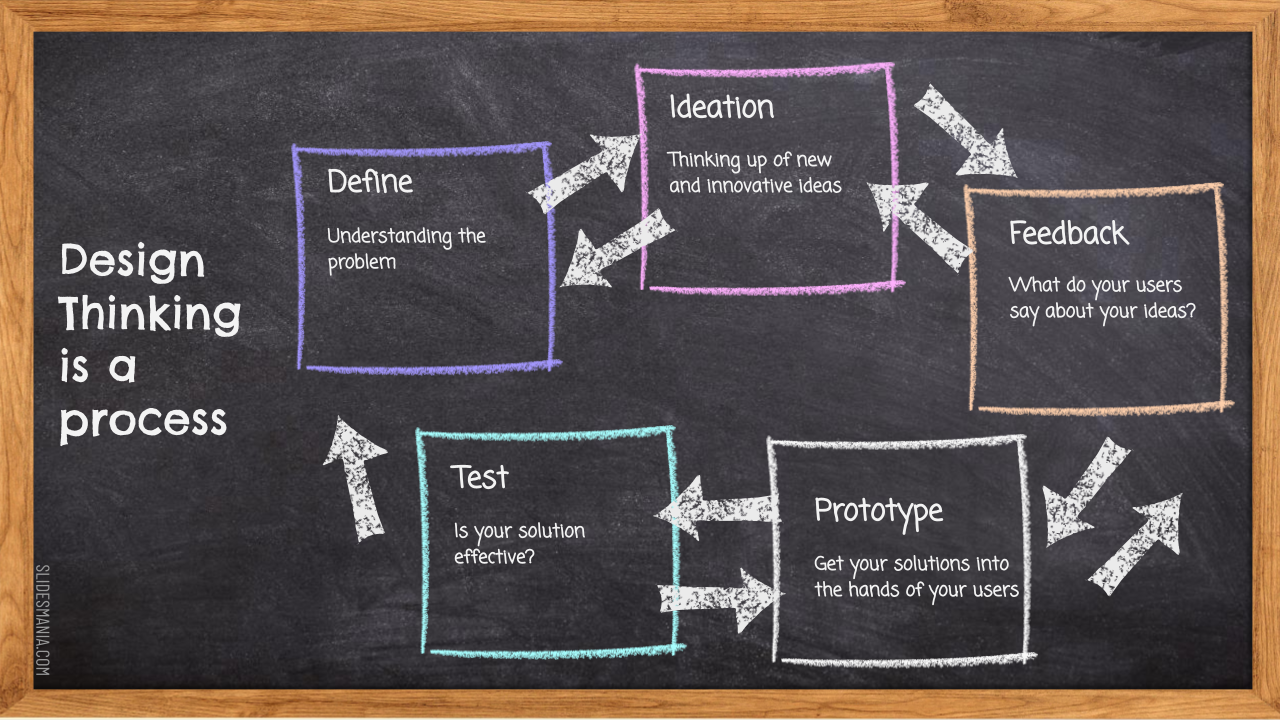If you have ever taught grade eight, you are currently a grade eight teacher or you have a child (or had a child) in grade eight then you might appreciate how exciting and stressful this time of the year can be for so many grade eight students as they prepare to transition from elementary to secondary school. As a former intermediate classroom teacher and a guidance counsellor who has worked with many grade eight students, I can certainly say that the process of choosing a high school, applying for a specialized program of study and/or completing course selections for grade nine can be a bag of mixed emotions for students, depending on the level of knowledge and support students have at school and at home. Regardless of the grade students are in, teachers can create opportunities for students to develop strategies and skills that can support them in their transition process. Even though students might feel overwhelmed and isolated at times, they are never alone in the process. They also need to know that our support is non-judgmental, though intentional at times especially for the most vulnerable students, and that our intention is to empower students to make choices about their own life and their own future pathways.
Stress and Anxiety
There is no doubt that the transition from elementary to secondary school can be stressful for many students, especially during the current pandemic when more students are isolated and social support for their transition may not be readily available. Adults and students alike are all experiencing an increased level of stress and anxiety in these uncertain times. For the most part, adults have developed strategies to manage their anxiety, however young children are, more so than ever, depending on the adults in their lives to support them throughout this journey. So, how do we as educators monitor their emotional wellbeing and offer sustainable support?
Here are some suggestions that might be of value to you, regardless of your work circumstances or guidance model in your area:
- Get to know your students, whether they are in kindergarten or up to grade eight, and understand their emotional strengths and needs. Pinpoint which parts of the situation students are experiencing that you as an educator have the power to change or influence for the better, and then offer your support accordingly.
- Communicate regularly with families/caregivers about their role in supporting student achievement and well-being, as they are the ultimate decision maker in this process
- Chances are, you cannot do this alone, so get support to support students. Talk to colleagues, your admin and other school-based support personnel. Keep in mind the best interest of the individual student, the nature of the situation for the student and your Board’s policies around confidentiality.
- Be socially and culturally sensitive to each student’s situation and lived experiences. Above all, be intentional in supporting (without dictating or pigeonhole) vulnerable students, marginalized students and racialized students and ensure they have equitable access to programs and services
- Support students in a specialized program or with an Individual Education Plan in having a successful transition
- Show care and empathy, and offer assistance to students who might need social/emotional support that best meets their needs
Your support to students is crucial now more than ever. Students of all ages and abilities continue to navigate through the pandemic, as well as managing other social and family challenges, and intermediate students also have to adjust to a new destreaming program in grade nine. Some students may find this time of year overwhelming and might need to develop strategies to self-advocate for themselves to ensure all their needs are met. There are many ways to embed self-advocacy in your assessment Of learning and assessment As learning to support student achievement and well-being. With a strong sense of self, students are more likely to see themselves as owners of their own destiny and can independently advocate for themselves. I see this as a gradual release of responsibility and an opportunity to empower students to take charge of their learning and their own future.
Here is a Self-Advocacy Toolkit that was shared with me that could be of some support to you in your classroom (regardless of the grade you teach). This Self-Advocacy Toolkit is intended to be completed by each student. Teachers may wish to facilitate this as part of their instructional day.
Self-Advocacy Toolkit: https://docs.google.com/presentation/d/1yCD8KViE7-B_NfB1fEkb2Uvsj74H0qcZ_6oka-b3WwE/edit?usp=sharing
Ultimately, when it comes to transition and course selections, students and families/caregivers make the final decision about their destination and pathways. We will offer support and guidance to ensure success and a seamless transition from elementary into secondary, and this support can begin as early as kindergarten. When we work together, support each other and respect each other’s choices, even when our perspectives are different, we enable individuals to self-actualize and reach their full potential.

